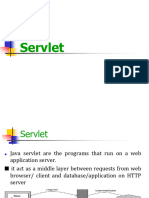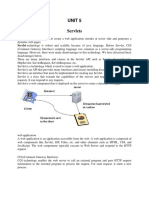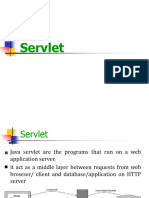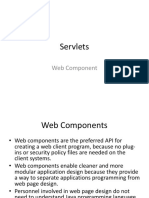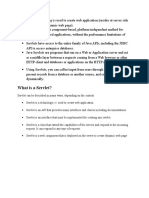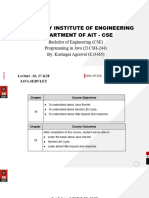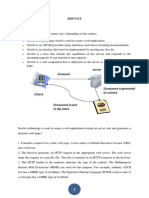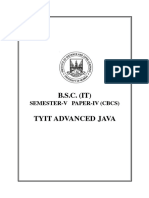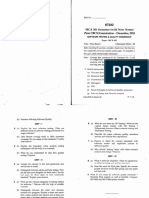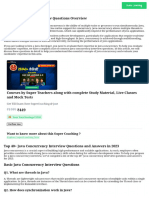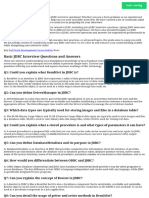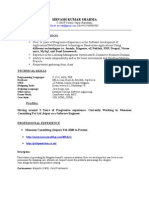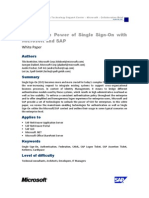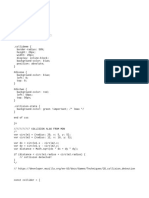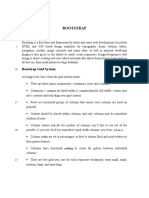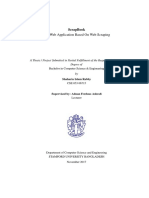0% found this document useful (0 votes)
65 views23 pagesUpdated Servlet Notes
The document provides an overview of servlet technology. It defines servlets as Java programs that generate dynamic web page content. Servlets reside on the server-side and interface with clients via requests and responses. The document outlines key servlet concepts like the servlet API, interfaces and classes, lifecycle methods, and advantages over CGI for building web applications with dynamic content. It also differentiates between GET and POST requests and servlet and CGI technologies.
Uploaded by
shital7028733151Copyright
© © All Rights Reserved
We take content rights seriously. If you suspect this is your content, claim it here.
Available Formats
Download as PDF, TXT or read online on Scribd
0% found this document useful (0 votes)
65 views23 pagesUpdated Servlet Notes
The document provides an overview of servlet technology. It defines servlets as Java programs that generate dynamic web page content. Servlets reside on the server-side and interface with clients via requests and responses. The document outlines key servlet concepts like the servlet API, interfaces and classes, lifecycle methods, and advantages over CGI for building web applications with dynamic content. It also differentiates between GET and POST requests and servlet and CGI technologies.
Uploaded by
shital7028733151Copyright
© © All Rights Reserved
We take content rights seriously. If you suspect this is your content, claim it here.
Available Formats
Download as PDF, TXT or read online on Scribd
/ 23








